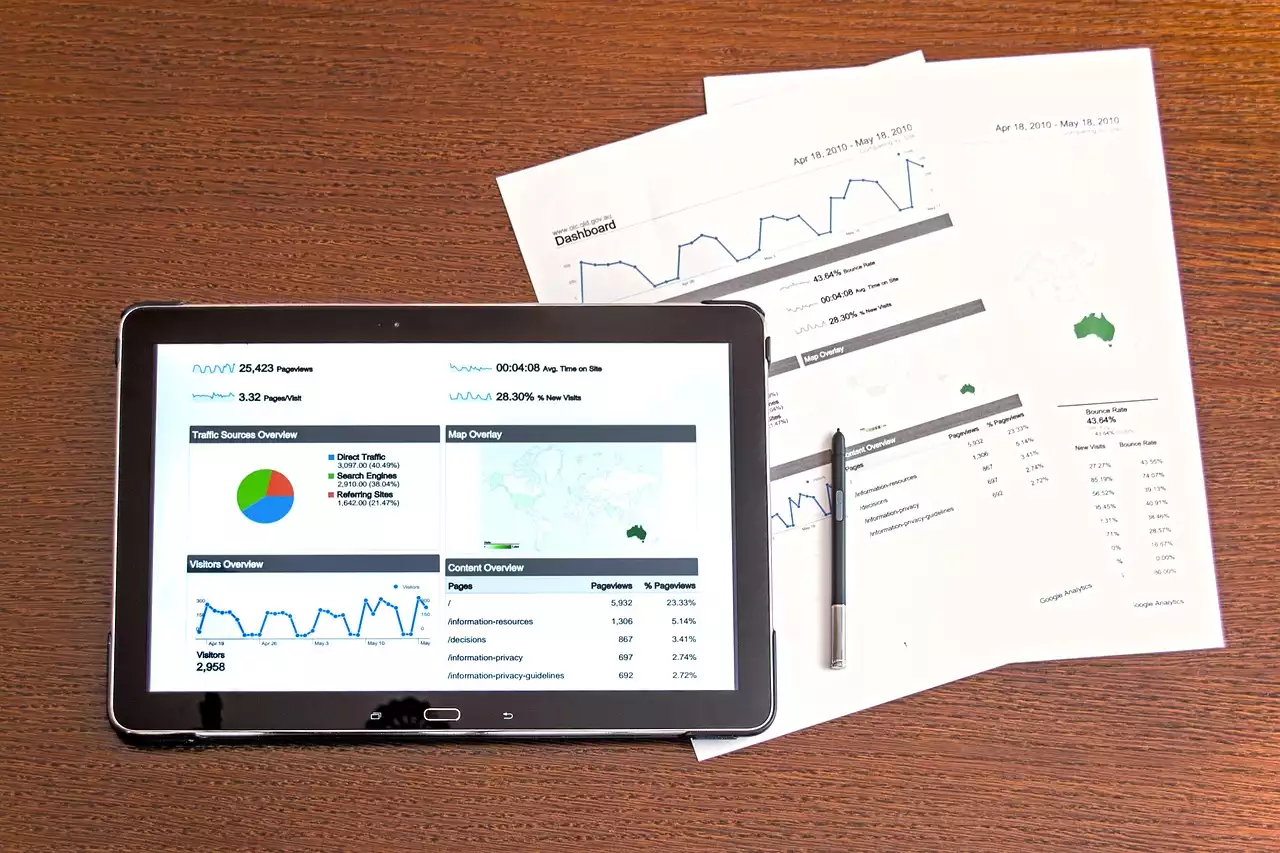Why landing pages are important for digital marketing
Landing pages are an essential part of any digital marketing campaign. They are specifically designed to convert visitors into leads or sales by providing a clear and compelling call-to-action (CTA). Unlike your website's homepage, which is designed to provide an overview of your business, landing pages are highly focused and targeted. They are designed to address a specific need or pain point of your target audience and offer a solution that convinces them to take action.
One of the biggest advantages of landing pages is that they allow you to track and measure the success of your digital marketing campaigns. By analyzing the performance of your landing pages, you can identify what's working and what's not, and make data-driven decisions to optimize your campaigns for better results.
Another primary advantage of landing pages is that they provide a seamless user experience. By providing a clear and concise message that resonates with your target audience, you can increase the likelihood of visitors taking the desired action. This can lead to higher conversion rates, more leads, and ultimately more sales.
The anatomy of a successful landing page
Creating a successful landing page requires careful consideration and planning. The anatomy of a successful landing page includes several key elements that work together to create a compelling user experience and drive conversions.
1. Headline: A compelling headline is essential for grabbing the attention of your target audience. It should be clear, concise, and highlight the primary benefit of your offer.
2. Subheadline: Your subheadline should provide additional context and support your primary headline. It should explain what your offer is and how it can help your target audience.
3. Call-to-Action: Your CTA should be prominently displayed and clearly communicate the desired action. It should be visually appealing and use action-oriented language to encourage visitors to take action.
4. Visuals: High-quality visuals, such as images or videos, can help to reinforce your message and create an emotional connection with your target audience.
5. Copy: Your copy should be persuasive, concise, and clearly communicate the benefits of your offer. It should be easy to read and scan, using short paragraphs and bullet points.
6. Social Proof: Including social proof, such as customer reviews or testimonials, can help to build trust and credibility with your target audience.
Best practices for creating high-converting landing pages
Creating high-converting landing pages requires careful planning and execution. Here are some best practices to keep in mind when creating landing pages that deliver results.
1. Know your target audience: To create a landing page that resonates with your target audience, you need to understand their needs, pain points, and motivations. Use customer research and data analysis to identify what makes your target audience tick and craft your message accordingly.
2. Keep it simple: A cluttered landing page can be overwhelming and confusing for visitors. Keep your message clear and concise, using short paragraphs, bullet points, and visual aids to help visitors quickly understand your offer.
3. Focus on benefits: Your landing page should focus on the benefits of your offer, not just the features. Use persuasive language to communicate how your offer can help your target audience solve their problems and achieve their goals.
4. Use persuasive copywriting: Your copy should be persuasive and use action-oriented language to encourage visitors to take action. Use strong verbs and power words to create a sense of urgency and excitement.
5. Optimize for SEO: Your landing page should be optimized for search engines to ensure that it ranks well in search engine results pages (SERPs). Use relevant keywords and meta descriptions to help search engines understand the content of your page.
How landing pages impact your digital marketing strategy
Landing pages can have a significant impact on your digital marketing strategy. They can help you to:
1. Increase conversions: By providing a highly targeted and focused message, landing pages can increase the likelihood of visitors taking the desired action.
2. Generate leads: Landing pages can be used to capture visitor information, such as email addresses or phone numbers, which can be used for future marketing campaigns.
3. Improve ad relevance: By creating landing pages that are highly relevant to your ads, you can improve quality scores and reduce your cost per click (CPC) in paid advertising campaigns.
4. Analyze and optimize: By tracking the performance of your landing pages, you can identify what's working and what's not, and make data-driven decisions to optimize your campaigns for better results.
Landing page optimization techniques
Optimizing your landing pages is essential for driving conversions and maximizing the impact of your digital marketing campaigns. Here are some landing page optimization techniques to consider:
1. A/B testing: A/B testing involves creating two versions of your landing page and testing them with different audiences to see which one performs better. This can help you to identify what elements of your landing page are most effective and make data-driven decisions to optimize your campaigns.
2. Personalization: By personalizing your landing pages based on user behavior, demographics, or other factors, you can create a more engaging and relevant experience for your target audience.
3. Mobile optimization: With more and more people accessing the internet on mobile devices, it's essential to optimize your landing pages for mobile users. This includes designing for smaller screens, optimizing load times, and ensuring that your CTA is easily accessible.
Examples of successful landing pages
Here are some examples of successful landing pages that effectively communicate their message and drive conversions:
1. HubSpot: HubSpot's landing page for their CRM software effectively communicates the benefits of their product, using persuasive copy and visuals to create a compelling user experience.
2. Dropbox: Dropbox's landing page for their business plan uses social proof in the form of customer testimonials to build trust and credibility with their target audience.
3. Slack: Slack's landing page for their team communication tool uses a clear and concise message to communicate the benefits of their product and a visually appealing layout to create a compelling user experience.
Tools for creating and optimizing landing pages
There are many tools available for creating and optimizing landing pages. Here are some popular options to consider:
1. Unbounce: Unbounce is a popular landing page builder that allows you to create and test landing pages without the need for coding skills.
2. Leadpages: Leadpages is another popular landing page builder that offers a wide range of templates and customization options.
3. Google Optimize: Google Optimize is a free tool that allows you to A/B test your landing pages and optimize for better performance.
A/B testing and measuring landing page performance
A/B testing is a powerful technique for measuring the effectiveness of your landing pages. By creating two versions of your landing page and testing them with different audiences, you can identify what elements are most effective and make data-driven decisions to optimize your campaigns.
To measure the performance of your landing pages, you should track metrics such as conversion rate, bounce rate, and time on page. By analyzing these metrics, you can identify what elements of your landing page are working and what needs to be improved.
Leveraging landing pages for maximum digital marketing success
Landing pages are a critical component of any digital marketing strategy. By creating landing pages that are highly targeted and focused, you can increase conversions, generate leads, and improve the relevance of your ads. By optimizing your landing pages for better performance and measuring their impact, you can make data-driven decisions to maximize the impact of your digital marketing campaigns. With the right tools and techniques, landing pages can be a powerful tool for driving digital marketing success.










